Polycystic Ovary Syndrome In Adolescence
Polycystic ovary syndrome in adolescence. Consensus has recently been reached by international pediatric subspecialty societies that otherwise unexplained persistent hyperandrogenic anovulation using age- and stage-appropriate standards are appropriate diagnostic criteria for polycystic ovary syndrome PCOS in adolescents. 1Endocrinology Unit Department of Internal Medicine SOrsola-Malpighi Hospital University Alma Mater Studiorum Bologna Italy. The clinical and biochemical presentation is heterogeneous but elevated serum concentrations of androgens are the most consistent biochemical abnormality and may be considered to be the hallmark of the syndrome.
Eating disorders such as bulimia and recurrent dieting are also linked to PCOS. Polycystic ovary syndrome PCOS is the most common cause of these symptoms in adult women and it can be diagnosed in adolescents as well. It can cause irregular menstrual periods make periods heavier or even make periods stop.
The purpose of this review is to summarize these recommendations. Controversy surrounds the optimum diagnosis and management in the adolescent population. Many patients with adult PCOS present with pathognomonic symptoms as adolescents.
This condition increases the production of androgens which are hormones such as testosterone. It can also cause a girl to have excess hair and acne. They can lead to the epigenetic dysregulation of the hypothalamic-pituitary-gonadal.
Polycystic ovary syndrome PCOS is one of the most common endocrine disorders in females and is characterized by ovulatory dysfunction hyperandrogenism and polycystic ovarian morphology based on ultrasound. In adolescent girls this condition shows particular characteristics which are in common with adult sign and symptoms often making the diagnosis difficult. Pol-ee-SISS-tik ovary syndrome PCOS is a common health problem that can affect teen girls and young women.
Laboratory tests and pelvic ultrasound are necessary to confirm polycystic ovary syndrome and exclude other disorders that may mimic this syndrome. Features of Polycystic Ovary Syndrome in adolescence. PCOS typically develops during adolescence and is a heterogeneous syndrome classically characterized by features of anovulation combined with signs of androgen excess hirsutism acne.
Almost one out of every 10 teen girls and young women has polycystic ovarian syndrome PCOS. Our team of endocrinologists nutritionists and psychologists collaborate to provide personalized care for.
Adolescents with Polycystic Ovary Syndrome PCOS use different coping strategies to confront the challenges of this disorder.
They can lead to the epigenetic dysregulation of the hypothalamic-pituitary-gonadal. Eating disorders such as bulimia and recurrent dieting are also linked to PCOS. What Causes Polycystic Ovary Syndrome PCOS. Polycystic ovary syndrome PCOS is the commonest endocrine disorder in women and typically presents during adolescence. It can also cause a girl to have excess hair and acne. Prompt evaluation and clinical support after diagnosis may prevent associated complications and optimize overall health management. The clinical and biochemical presentation is heterogeneous but elevated serum concentrations of androgens are the most consistent biochemical abnormality and may be considered to be the hallmark of the syndrome. The purpose of this review is to summarize these recommendations. Polycystic ovary syndrome PCOS is a common female reproductive disorder that often manifests during adolescence and is associated with disruptions in health-related quality of life.
Laboratory tests and pelvic ultrasound are necessary to confirm polycystic ovary syndrome and exclude other disorders that may mimic this syndrome. The clinical and biochemical presentation is heterogeneous but elevated serum concentrations of androgens are the most consistent biochemical abnormality and may be considered to be the hallmark of the syndrome. Polycystic ovary syndrome PCOS is one of the most common endocrine diseases in women of reproductive age. Controversy surrounds the optimum diagnosis and management in the adolescent population. Pol-ee-SISS-tik ovary syndrome PCOS is a common health problem that can affect teen girls and young women. Prompt evaluation and clinical support after diagnosis may prevent associated complications and optimize overall health management. Polycystic ovary syndrome is a heterogeneous clinical syndrome which has been.



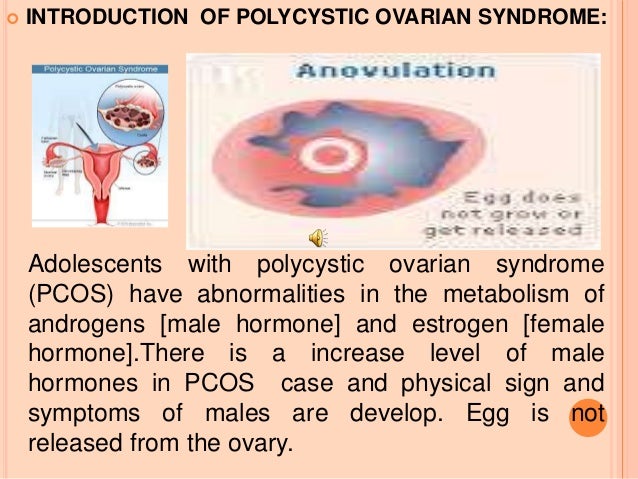

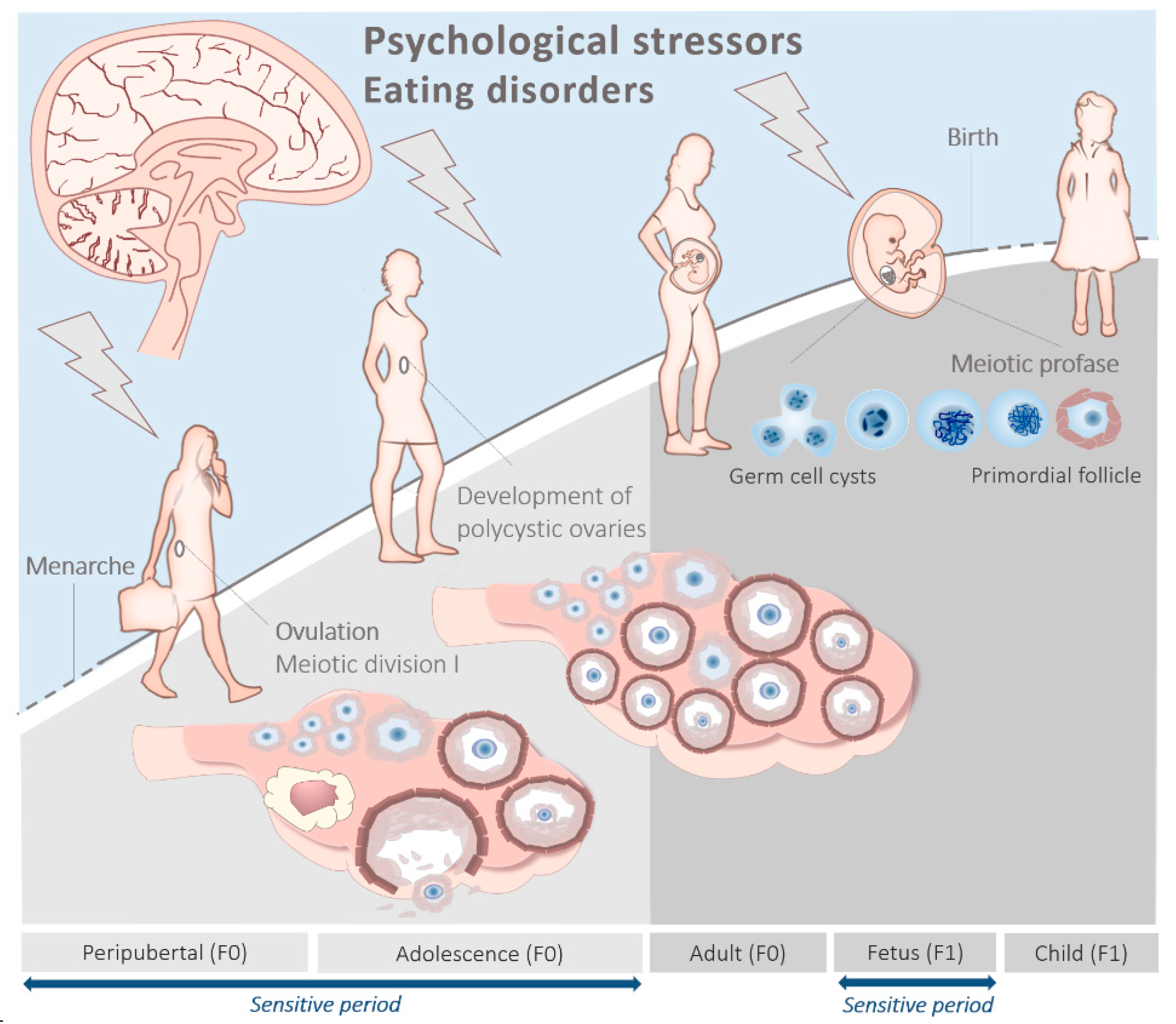




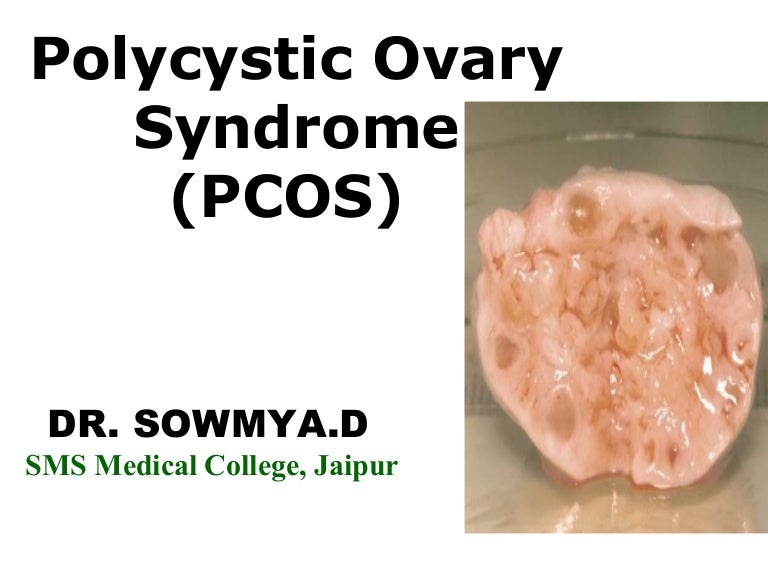


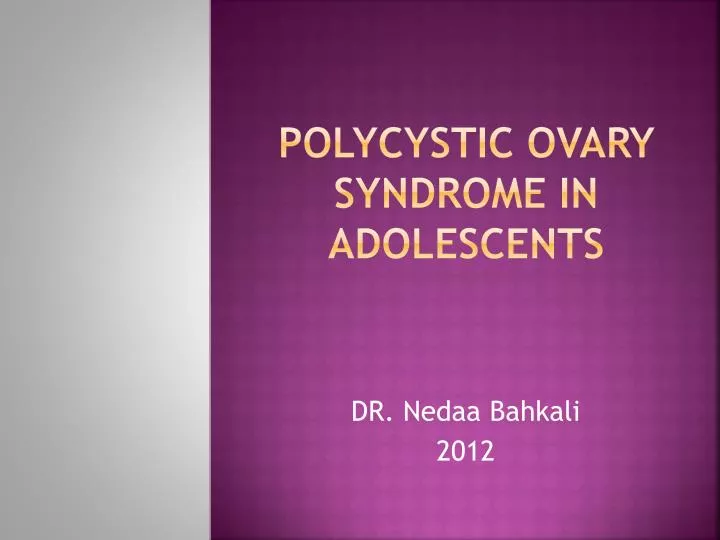










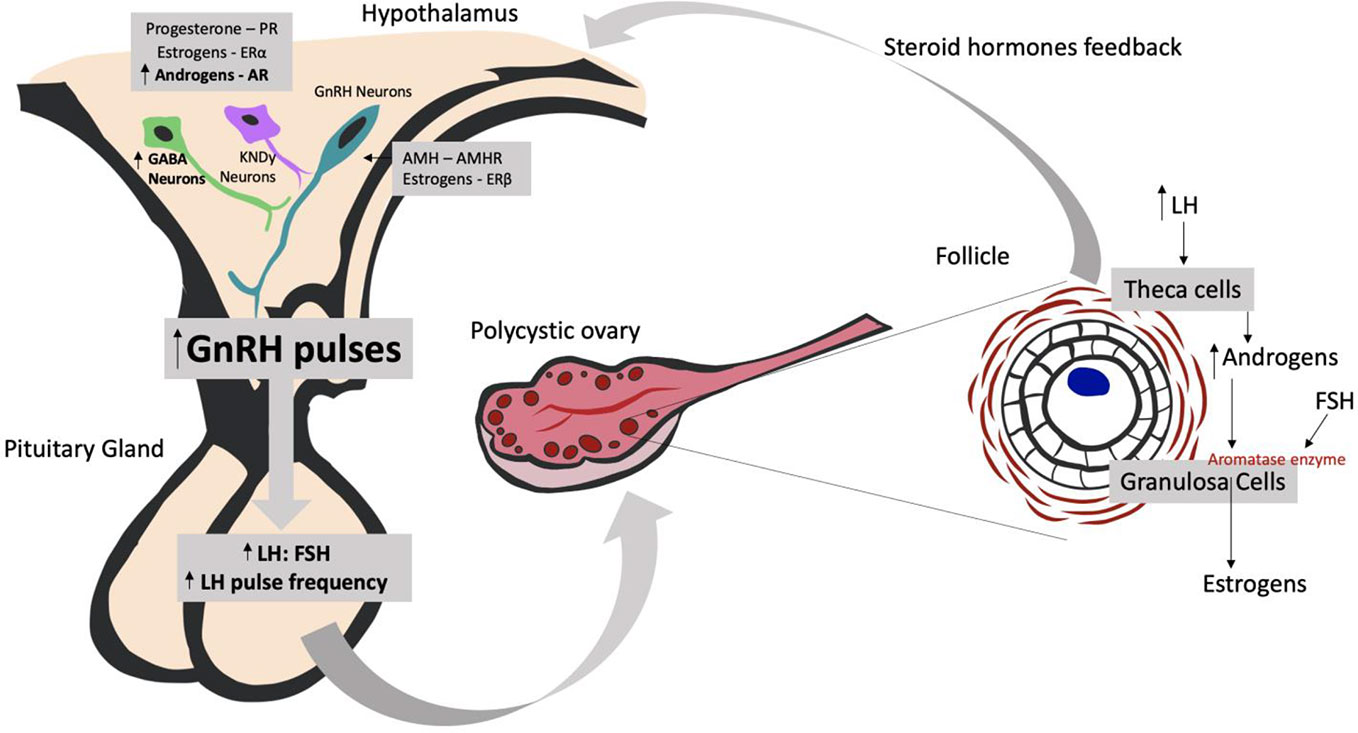










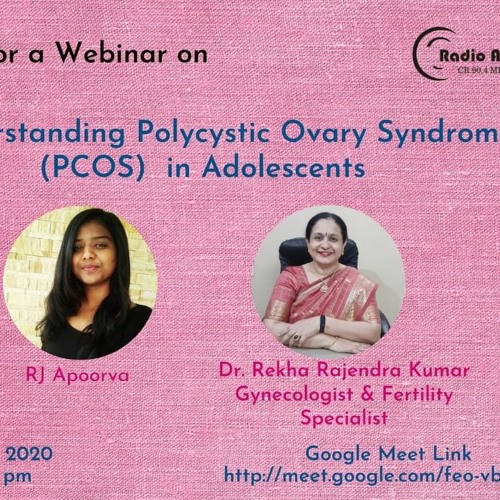










Post a Comment for "Polycystic Ovary Syndrome In Adolescence"